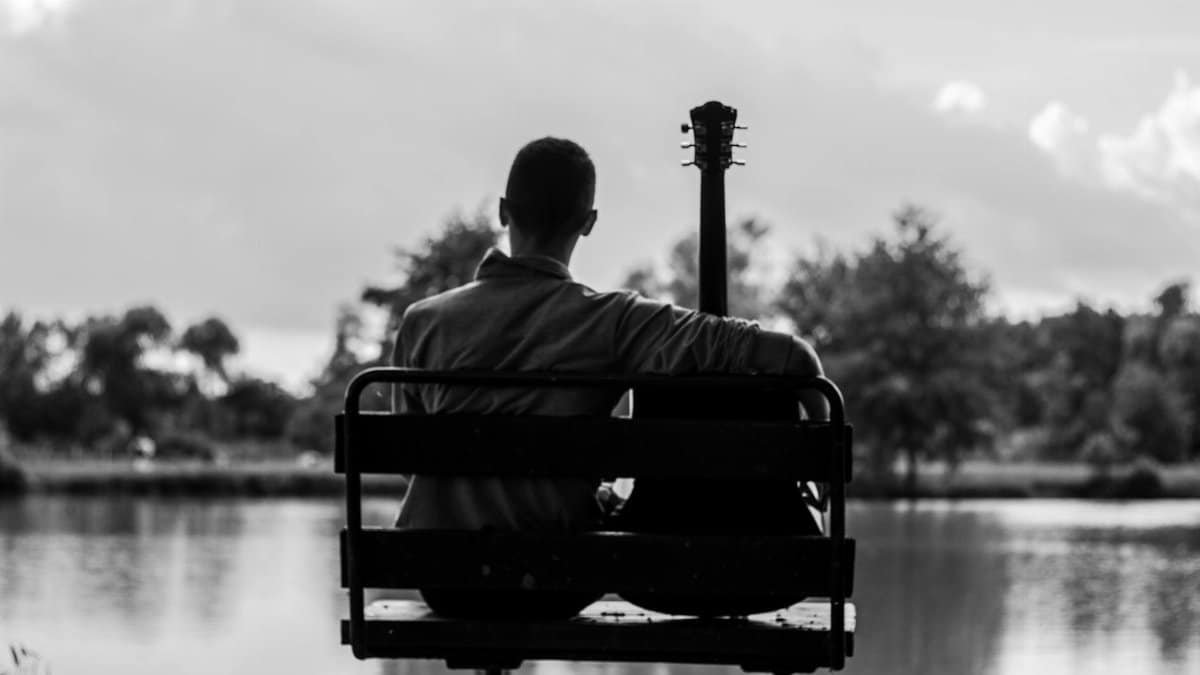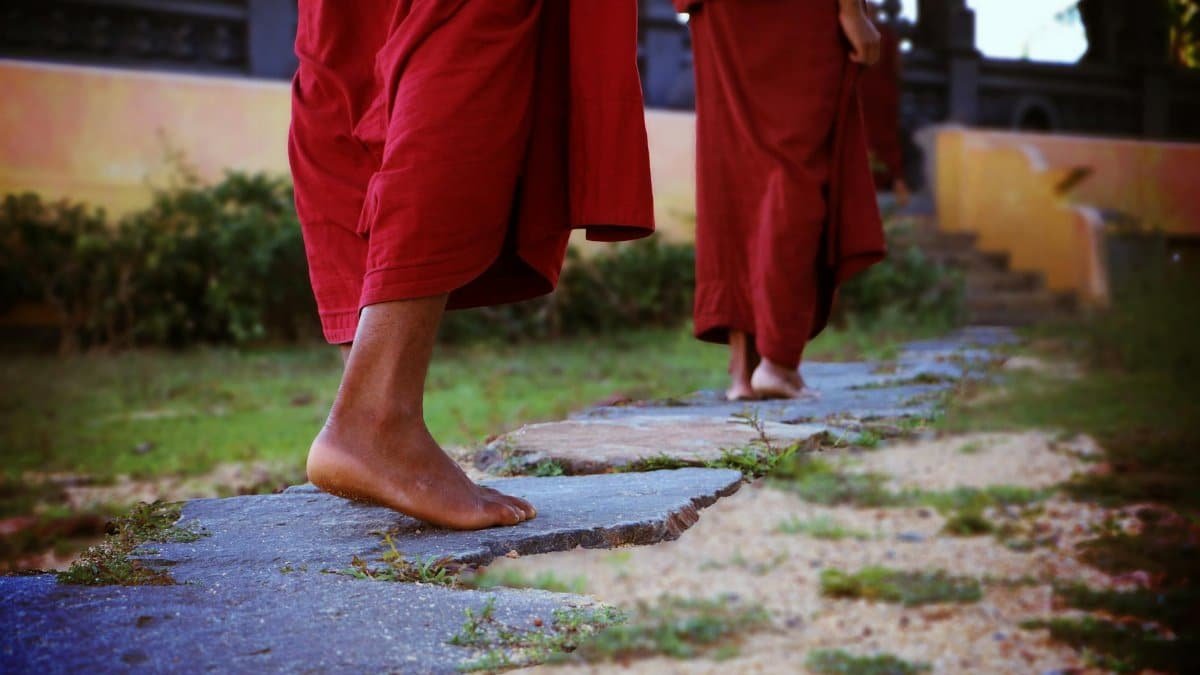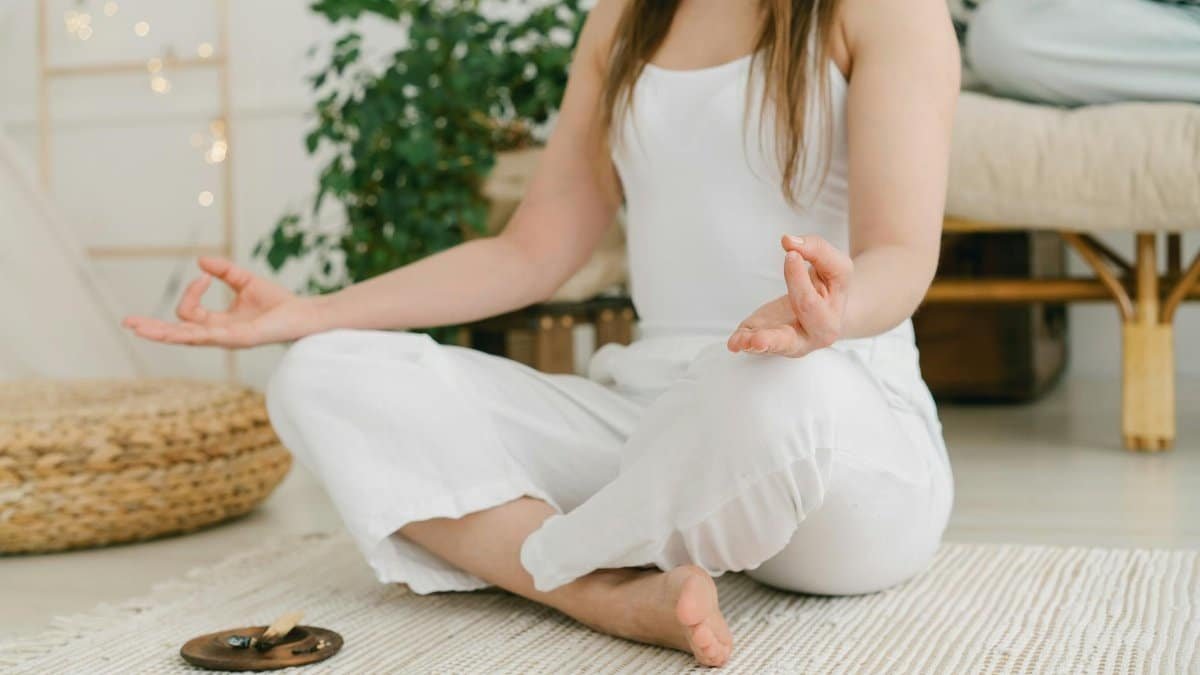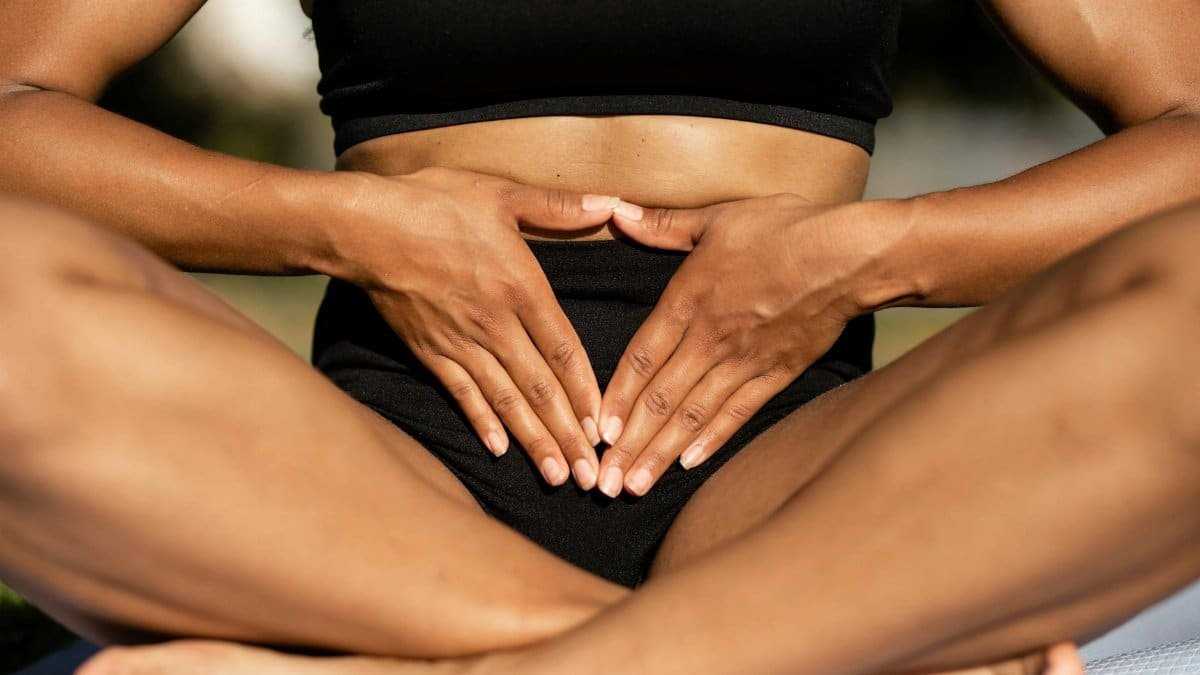In a nation where stress levels are skyrocketing, a surprising statistic stands out. According to a 2023 survey by the American Psychological Association, nearly 27% of U.S. adults report that stress interferes with their daily functioning most days, up from previous years. This figure highlights a growing need for accessible tools to foster inner peace. Enter yoga routines, which have surged in popularity as a practical antidote. From bustling cities like New York to quieter suburbs in the Midwest, more Americans are turning to these structured practices not just for physical fitness, but for mental clarity. What makes them effective? They blend movement, breath, and mindfulness in ways that science increasingly supports. As we step into 2025, exploring specific yoga routines tailored for peace can offer a lifeline amid the chaos of modern life. This article breaks down five such routines, starting with one designed to calm the mind.
1. Gentle Sunrise Flow for Mental Calm

Imagine starting your day not with the jarring buzz of an alarm, but with a sequence that eases you into awareness. This first yoga routine focuses on calming the mind, drawing from traditions that emphasize breath over bend. Begin seated on your mat, eyes closed, inhaling deeply for a count of four, holding for four, then exhaling slowly. It’s simple, yet profound. One middle-aged practitioner in Chicago shared how this shifted her mornings: “Before, I’d wake up racing. Now, it’s like hitting a reset button.” Such anecdotes reflect a broader trend; studies show that mindful breathing can reduce cortisol levels, the hormone tied to stress.
To build on that, transition into child’s pose, knees wide, forehead to the ground. Hold for five breaths, feeling the stretch in your back. This pose invites surrender, a key to mental peace. Follow with cat-cow stretches on all fours, syncing movement with breath—in through the nose as you arch, out as you round. Repeat for ten cycles. The rhythm soothes racing thoughts, much like how a steady drumbeat calms a crowd. Researchers at Harvard Medical School have noted that such yoga routines enhance parasympathetic nervous system activity, promoting relaxation. For more details, check this Harvard Health overview on yoga benefits.
Wrap up with a standing forward fold, letting your head hang heavy. Shake out any tension. This routine takes just 10-15 minutes, ideal for busy schedules. In 2025, with remote work still prevalent, incorporating it before logging on can set a peaceful tone. It’s not about perfection; even imperfect attempts yield calm.
2. Restorative Evening Wind-Down for Emotional Balance

Evenings often bring a whirlwind of unfinished tasks and lingering worries. That’s where this restorative yoga routine steps in, aiming to restore emotional equilibrium. Picture dimming the lights in your living room, unrolling a mat, and settling into supported bridge pose with a bolster under your hips. Legs extended or bent, arms relaxed at your sides. Breathe here for several minutes, letting gravity do the work. It’s a gentle opener for the heart, countering the day’s emotional buildup.
From there, move to legs-up-the-wall pose, scooting your hips close to a wall and swinging legs skyward. This inversion drains fatigue from the lower body while quieting the mind. A recent account from an online forum described it vividly: someone felt “like all the day’s static just melted away.” Such experiences align with findings from the National Institutes of Health, which link restorative yoga to improved sleep and reduced anxiety. Dive deeper into their research via this NIH guide on yoga.
Add a twist—literally—by lying on your back, drawing one knee across the body, gazing in the opposite direction. Switch sides. This releases spinal tension, fostering a sense of release. End with savasana, corpse pose, for full integration. In a fast-paced world, this 20-minute practice becomes a sanctuary, helping middle-aged folks navigate life’s midpoints with greater poise.
What’s compelling is how it adapts. If mobility is an issue, modify with props like blankets. The goal? Not flexibility, but inner harmony. Trends in 2025 show more Americans over 40 embracing such routines for emotional health, as per wellness reports.
3. Mindful Walking Sequence for Daily Serenity

Not all yoga happens on a mat. This routine integrates movement with mindfulness during a walk, perfect for those who prefer dynamic peace. Start by standing tall, feet hip-width apart, and take a moment to notice your breath. Inhale, lifting arms overhead; exhale, lowering them. Repeat five times to center yourself. Then, step forward slowly, focusing on each footfall—the heel striking, the roll to the toes.
As you walk, incorporate warrior poses at intervals. Pause, step into a lunge, arms raised. Hold for three breaths, then switch legs. This builds strength while grounding you in the present. Think of it as yoga in motion, blending ancient poses with everyday activity. A study from the University of California, Davis, highlights how mindful walking reduces stress markers. Explore their findings here: UC Davis Mind Institute wellness resources.
To deepen serenity, add a mantra: silently repeat “peace in, stress out” with each step. If you’re in a park or neighborhood trail, notice the surroundings—the rustle of leaves, the play of light. One New Yorker recounted turning her commute into this practice, transforming rush hour frustration into calm. It’s accessible, requiring no special gear, and fits seamlessly into 2025’s hybrid lifestyles.
Conclude with a standing meditation, palms pressed together at heart center. This routine, lasting 15-30 minutes, reminds us that peace is portable, not confined to studios.
4. Breath-Centered Meditation Blend for Inner Quiet

Sometimes, peace comes from stillness. This yoga routine emphasizes pranayama, or breath control, combined with light poses to cultivate inner quiet. Sit comfortably, perhaps on a cushion, spine straight. Begin with alternate nostril breathing: close the right nostril, inhale left; close left, exhale right. Alternate for five rounds. It balances the brain’s hemispheres, easing mental chatter.
Flow into a seated forward bend, legs extended, folding from the hips. Reach only as far as comfortable, using breath to deepen. Hold, then rise. Next, try eagle arms: cross one arm over the other, intertwine, lift elbows. This pose releases shoulder tension, a common stress holder. The Centers for Disease Control and Prevention notes yoga’s role in managing chronic stress; see their insights at CDC stress coping page.
Incorporate a brief visualization: imagine a serene lake, its surface undisturbed. If thoughts arise, let them ripple and fade. A middle-aged teacher from Texas described it as “finding silence in the storm.” This 15-minute practice suits evenings or breaks, aligning with rising interest in meditation-infused yoga routines among U.S. adults seeking quiet amid digital noise.
End by lying back, scanning the body for tension. Release it with each exhale. Over time, this builds resilience, turning fleeting peace into a steady state.
5. Community-Inspired Group Flow for Shared Harmony

Peace isn’t always solitary. This final yoga routine draws on group energy, whether in a class or with family at home, to foster shared harmony. Gather in a circle, if possible, and start with synchronized sun salutations: inhale to mountain pose, exhale to forward fold, and so on. Moving together creates a collective rhythm, amplifying individual calm.
Include partner poses, like assisted child’s pose—one person folds forward while the other gently presses on their back. It builds trust and connection. Or try tree pose, leaning on a partner for balance. These elements highlight yoga’s communal roots, countering isolation in our connected-yet-distant era. Pew Research Center data shows increasing participation in group wellness activities; review their trends at Pew Research health trends.
For solo adaptations, visualize a community or join virtual sessions, popular in 2025. A participant in a Seattle group shared: “It’s like our energies align, and peace multiplies.” This 20-25 minute routine encourages outreach, blending physical flow with social bonds for deeper tranquility.
Finish with a group savasana or seated circle of gratitude. In essence, it reminds us that peace thrives in connection, offering a holistic close to these yoga routines.
